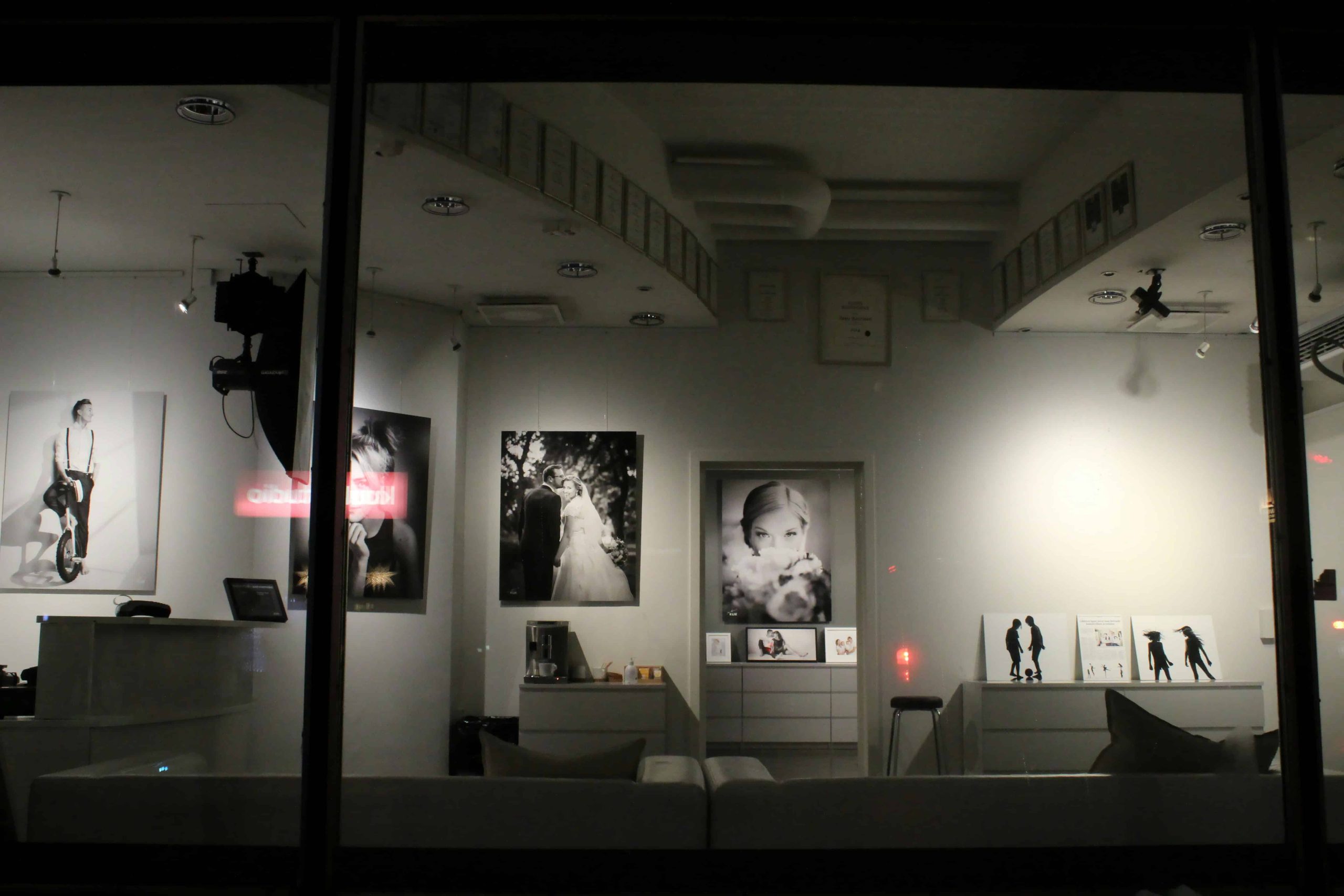
04 Oct Photographing Artworks for Virtual Exhibitions in 2024
Photographing Artworks for Virtual Exhibitions: A Comprehensive Guide
In today’s digital age, virtual exhibitions have become increasingly prevalent, offering artists and art enthusiasts an innovative way to engage with artwork from the comfort of their homes. Central to the success of these virtual showcases are high-quality photographs that accurately represent the beauty and intricacies of the artworks on display. In this guide, we’ll delve into the essential techniques and considerations for photographing artworks for virtual exhibitions.
Virtual exhibitions have emerged as a pivotal platform in the art world, providing artists with a broader reach and audiences with unparalleled access to diverse collections. At the heart of these virtual experiences lie captivating photographs that bring artworks to life on digital screens. Whether it’s paintings, sculptures, or mixed media, the quality of these images significantly influences the viewer’s perception and engagement.
Virtual exhibitions offer numerous advantages, including global accessibility, reduced logistical constraints, and enhanced interactivity. As physical exhibitions increasingly migrate to the digital realm, the importance of high-quality photographs cannot be overstated. They serve as the primary means through which viewers connect with artworks, transcending geographical boundaries and time constraints.
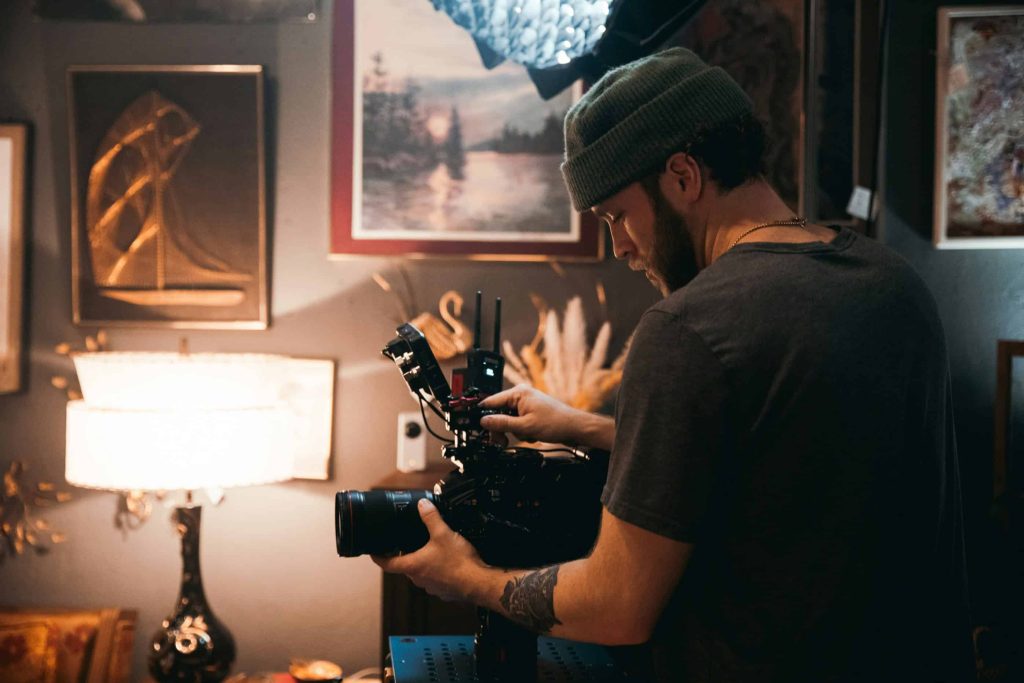
Equipment and Setup
Camera
When capturing artwork, opt for a DSLR or mirrorless camera to ensure optimal image quality and versatility. These cameras offer greater control over settings such as aperture, shutter speed, and ISO sensitivity, allowing for precise adjustments to suit different lighting conditions and artistic styles. While smartphone cameras can suffice for basic documentation, professional-grade equipment is indispensable for achieving the highest level of detail and fidelity.
Tripod
Stability is paramount in photographing artworks to achieve sharp, distortion-free images. Invest in a sturdy tripod with adjustable height and angle capabilities to accommodate various shooting scenarios. Additionally, consider using a remote shutter release or timer to minimize vibrations and ensure maximum stability during the exposure.
Lighting
Proper lighting is essential for capturing artworks accurately and enhancing their visual appeal. Natural light, diffused through curtains or windows, provides soft, even illumination that accentuates colors and textures without harsh shadows or glare. Alternatively, supplemental artificial lighting sources, such as softboxes or LED panels, can be used to control the intensity and direction of light, particularly in indoor settings or low-light conditions.
Background
Selecting an appropriate background is crucial for maintaining visual cohesion and drawing attention to the artwork. Choose a neutral backdrop, such as a plain white or light grey wall, to minimize distractions and ensure the artwork remains the focal point of the photograph. Avoid busy or cluttered backgrounds that may detract from the overall aesthetic appeal of the image.
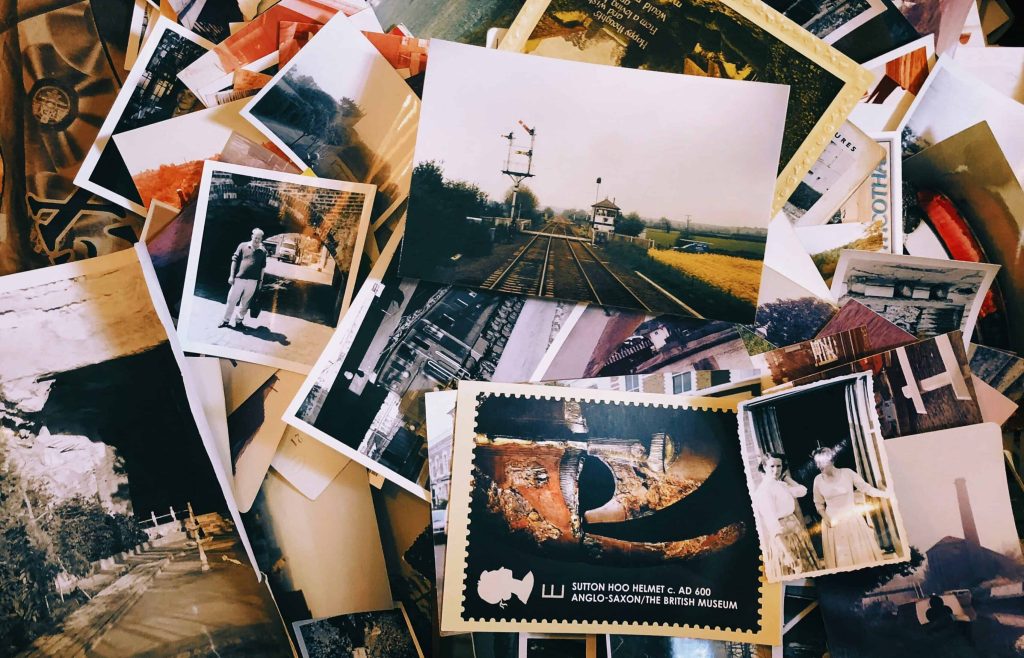
Photographing Techniques
Composition
Composition plays a pivotal role in creating visually compelling images that resonate with viewers. When photographing artworks, strive for a balanced composition with the artwork positioned centrally and framed symmetrically within the frame. Use grid overlays or compositional guidelines, such as the rule of thirds, to align key elements and create a sense of harmony and balance. Experiment with different angles and perspectives to showcase the artwork from unique viewpoints while maintaining a cohesive visual narrative.
Focus and Exposure
Achieving precise focus and proper exposure is essential for capturing the intricate details and nuances of artworks accurately. Use manual focus or autofocus modes to ensure critical areas of the artwork are sharp and well-defined. Adjust exposure settings, such as aperture, shutter speed, and ISO sensitivity, to achieve optimal brightness and contrast while preserving highlight and shadow detail. Bracketing exposures can be useful in challenging lighting conditions to capture a range of exposures for later blending or selection.
Multiple Takes
Taking multiple shots of each artwork allows for greater flexibility in selecting the best images and ensures comprehensive coverage of its features. Experiment with different camera settings, focal lengths, and compositions to capture varying perspectives and emotions. Pay attention to minor details such as reflections, shadows, and textures, as they can significantly impact the overall visual impact of the photograph. Review images on the camera’s display or tethered to a computer to assess composition, focus, and exposure accuracy before proceeding.
3D Artworks
For three-dimensional artworks, such as sculptures or installations, capturing multiple images from various angles is essential to conveying their spatial dimensions effectively. Experiment with different viewpoints and lighting conditions to highlight the artwork’s form, texture, and scale. Consider incorporating close-up shots to emphasize intricate details and unique features that may not be apparent from a distance. Utilize depth-of-field techniques, such as shallow focus or selective focus, to draw attention to specific areas of interest while maintaining overall clarity and coherence.
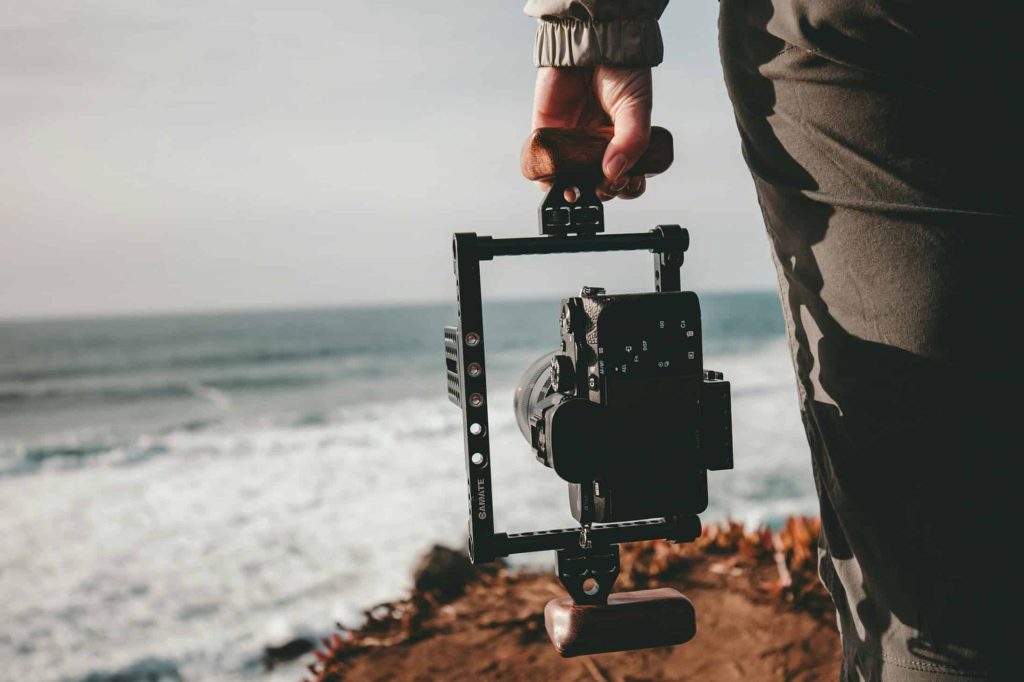
Additional Considerations
File Size and Format
Save your photographs in high-resolution formats such as JPEG or TIFF to preserve image quality and detail. Consider the intended use of the images when determining the appropriate file size and resolution. For web-based virtual exhibitions, balance image quality with file size to ensure optimal loading times and compatibility across different devices and platforms. Maintain a consistent naming convention and folder structure to facilitate the organization and retrieval of images during post-processing and distribution.
Post-Processing
While minimal post-processing is advisable to maintain the authenticity and integrity of the artwork, subtle adjustments can enhance the visual impact of the photographs. Use non-destructive editing techniques to fine-tune brightness, contrast, color balance, and sharpness while preserving the natural look and feel of the artwork. Avoid excessive retouching or manipulation that may distort or misrepresent the original piece. Maintain a transparent and ethical approach to post-processing, adhering to industry standards and best practices for digital image manipulation.
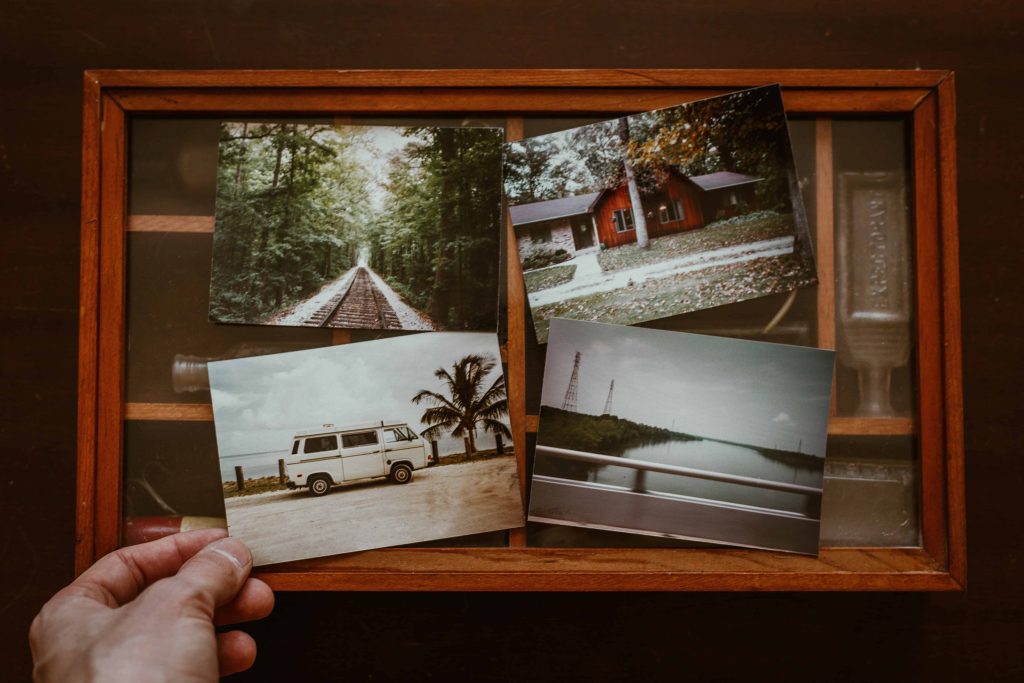
Conclusion
In conclusion, meticulous attention to detail and careful consideration of technical and aesthetic factors are essential for capturing compelling photographs of artworks for virtual exhibitions. By leveraging the right equipment, techniques, and creative vision, photographers can create immersive and engaging visual experiences that resonate with audiences worldwide. Embrace the transformative power of photography as a medium for storytelling, expression, and connection in the digital age. Through collaborative efforts between artists, curators, and photographers, virtual exhibitions will continue to evolve as dynamic platforms for cultural exchange and artistic innovation.
Key Takeaways
- Essential Components of Virtual Exhibitions: High-quality photographs are pivotal for successful virtual exhibitions, offering global accessibility and enhanced interactivity.
- Equipment and Setup: Invest in professional-grade equipment like DSLR or mirrorless cameras, sturdy tripods, and appropriate lighting for optimal results.
- Photographing Techniques: Focus on composition, precise focus, and exposure adjustments. Take multiple shots to ensure coverage of all features, especially for 3D artworks.
- Additional Considerations: Save images in high-resolution formats, balance post-processing adjustments for authenticity, and maintain ethical standards.
- Conclusion: Attention to detail, technical skills, and creative vision are vital for creating immersive and engaging virtual experiences that connect with audiences globally.
FAQs
Why is professional-grade equipment necessary for photographing artworks for virtual exhibitions?
Professional-grade DSLR or mirrorless cameras offer superior image quality and control over settings, ensuring accurate representation of artwork details and fidelity. While smartphone cameras may suffice for basic documentation, investing in professional equipment ensures captivating results that enhance the virtual viewing experience.
How can I ensure stability and minimize distortions when photographing artwork?
Using a sturdy tripod and a remote shutter release or timer minimizes vibrations, ensuring sharp, distortion-free images. Maintaining stability throughout the capture process is essential for accurately representing the artwork’s details and textures.
What considerations are important for photographing three-dimensional artworks for virtual exhibitions?
Experimenting with multiple angles, lighting conditions, and depth-of-field techniques highlights the artwork’s form, texture, and scale. Close-up shots emphasize intricate details, while various perspectives create immersive visual experiences that engage viewers in virtual exhibitions.
Delve into the intricate world of art handling and safety protocols, where every gesture and decision plays a vital role in preserving cultural treasures and fostering a secure environment for patrons and practitioners alike.

